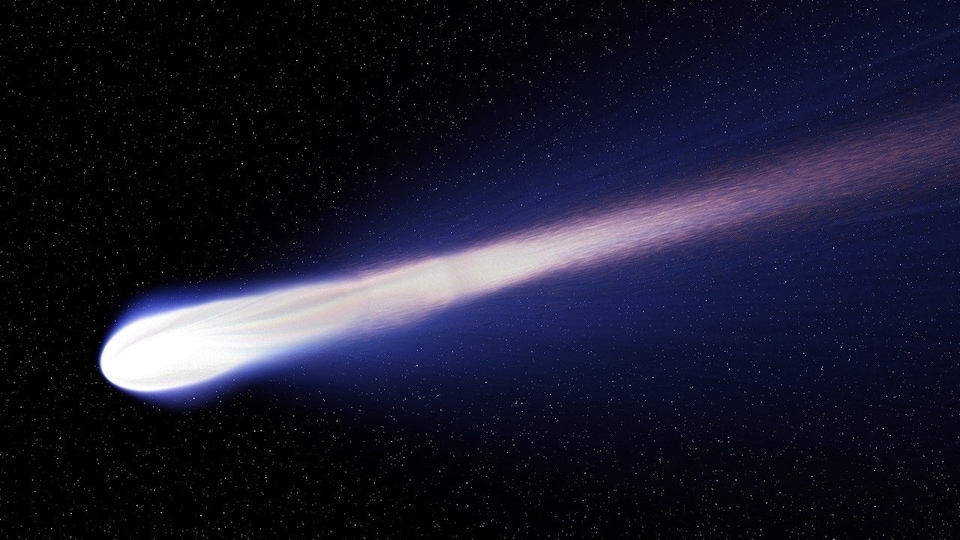6 Types of Space Rocks || Difference–Why Pluto was removed from Planet List?
More than 90% of people got confused when they hear about space rocks. They come with the names comet, asteroid, meteor, meteoroid, meteorite, etc. They think that all of these are the same or very little difference. But the reality is that they all are quite different and that’s why they have been categorized and given a different names.
6 Types of Space Rocks or Solid Bodies apart from Planets.
- Dwarf Planet
Dwarf planets are massive enough to be affected by gravitation and can pull themselves into a round, or nearly round shape. However, unlike planets, they are unable to clear their orbital path. Each of the known dwarf planets in the Solar System is smaller than our Moon.

- Comet
Comets are the snowballs of the cosmos. These icy bodies of frozen gases, rocks, and dust orbit the Sun on highly elliptical paths, often tumbling as they go. When their orbit brings them close to the Sun, they heat up. This causes the solid ice to turn into gas, which is swept into the distinctive comet tail.

- Asteroid
Asteroids are small, rocky objects that orbit the Sun. Most asteroids are irregularly shaped, although there are a few that are nearly spherical. There are over a million known asteroids, and most can be found in the asteroid belt between Mars and Jupiter. Asteroids are rocky remnants left over from the early formation of the Solar System.

- Meteor Shower
As comets or asteroids travel around the Sun, they leave behind a trail of debris in their wake. When the Earth’s orbit intersects with this debris, the result is hundreds or thousands of bright trails, appearing to radiate from one point in the night sky. This is why we often see meteor showers at the same time every year.

- Meteoroid
These are your classic space rocks. As fragments and debris from asteroids and comets, they are some of the smallest bodies in the Solar System. When a meteoroid enters the Earth’s atmosphere and burns up, it leaves a glowing trail in the sky and is known as a meteor – or more popularly, a shooting star. Meteoroids can range in size from as small as a grain of dust too small asteroids.

- Meteorite
These are the meteoroids that survive the journey to Earth’s surface. So far, more than 69,000 meteorites have been found on Earth.

So, from today we take a pledge that we won’t do any mistake in differentiating between all these space rocks or entities in the future. The reason why Pluto was removed from the list of planets from our Solar System should be clear and what a comet is and why it leaves a white tail behind should also be clear.
Keep learning! Keep Growing!




Top site ,.. amazaing post ! Just keep the work on !